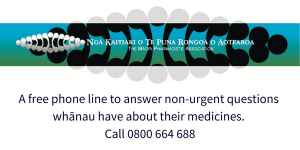Glucosamine is a type of sugar made naturally by the body. It helps in the formation and repair of cartilage in joints. Cartilage is the slippery, shock absorbing tissue that covers the ends of bones in a joint. It allows the bones to move smoothly against each other.
Oral manufactured supplements containing glucosamine are often marketed for use in osteoarthritis to relieve pain and improve joint mobility.






